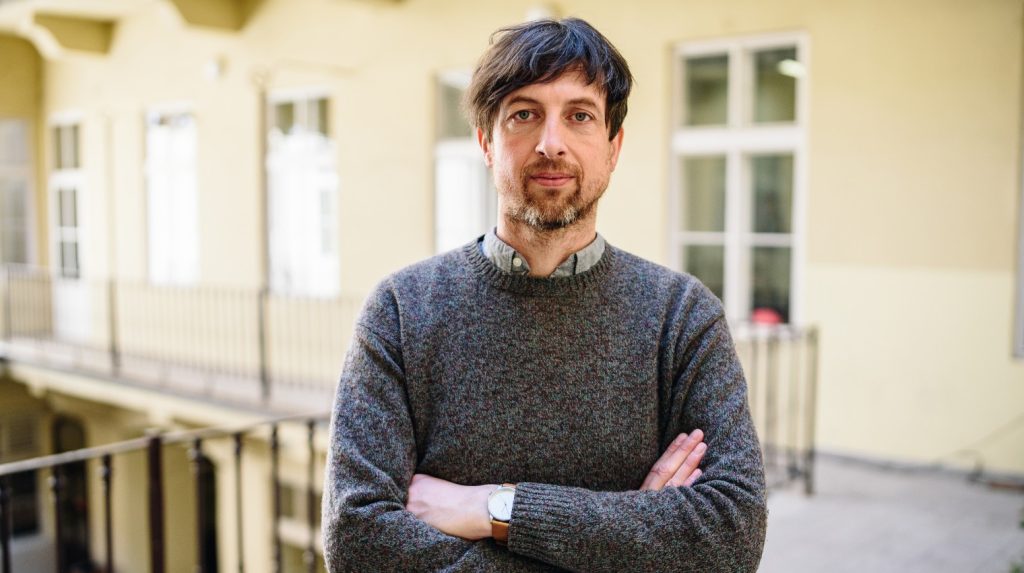
GAMEINDEX: Politics and Aesthetics of Indexical Representation in Digital Games and VR
Our group’s co-founder Jaroslav Švelch has received the prestigious ERC Consolidator Grant with his project GAMEINDEX: Politics and Aesthetics of Indexical Representation in Digital Games and VR. Many current digital games and virtual reality experiences – including the historical Assassin’s Creed series of games – claim to provide realistic representations of places or people. GAMEINDEX will explore how the illusion of realism is created and which places and people receive realistic representations. The project will therefore focus on indexical representations, i.e. traces of real objects or people in simulated digital worlds, or pointers to such places or people.
In an interview for a Charles University press release, Jaroslav has explained: “There are several reasons why I focus on indexical representation. One of the main ones is an attempt to correct a problem I have observed in video game analysis and criticism: much research and analysis focuses on the content of games, but not on how they are created and what creative choices and practical circumstances lead to how reality is represented. We want to study closely what affects the outcome by doing ethnographic research in game studios. Video games show us virtual spaces, but in many cases they are based on real places or elements of real places. They include prints of real objects, voices and faces of real actors, and three-dimensional scans of various objects or photographs of textures from the real world. This does not mean that they are accurate: complete accuracy would be impossible. One aspect of the project is to study and map how real places are reproduced within games or VR, and to create a database and a map of where games take place. For example, after the success of Kingdom Come: Deliverance in 2018, we see that it is possible to set games in the Czech Republic or further east. We also want to counter false narratives of realism. When Notre Dame Cathedral burned down, there was a report that they could rebuild the building based on an existing model in a video game (Assassin’s Creed). However, this was not true. The location was simplified for gameplay reasons, and even some of the modern stained-glass windows, which are still copyrighted, were completely omitted and could not be reproduced.”
The project will commence in October 2025 and will be carried out by a team of seven researchers, including two PhD students and two postdocs.
Photo courtesy of FSV UK.
